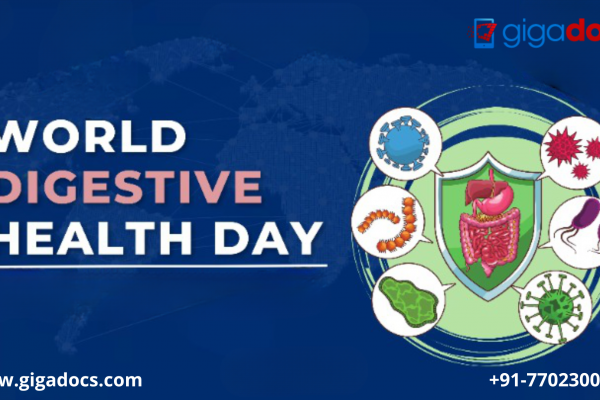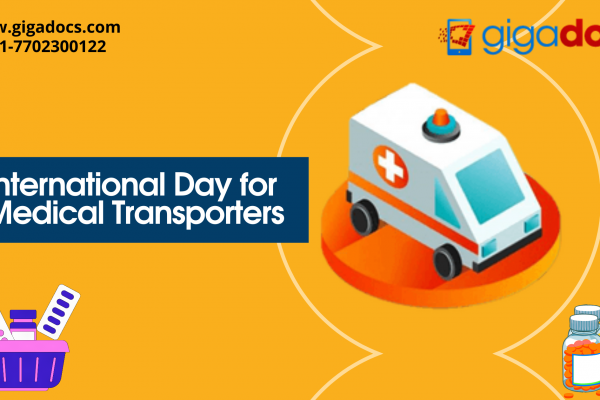Indian Armed Force personnel stand tall and guard the country against any threat. Indian soldiers are known for their never say die attitude and highest levels of fitness and wellbeing. Even if their weapons fail their fitness and dedication toward the nation inspire many. The super-fit Indian soldiers will cover a sprint with ease or carry their fellow soldiers in times of obstacles or at war to safety, with the highest levels of commitment. With the country’s pride at stake and precious lives hanging in the balance, the Indian Armed Forces train themselves extensively. A daily exercise regimen remains a tough routine for them.
Indian Army Day
From the establishment on April 1, 1895, the Indian Army got its first Indian chief almost two years after its independence. On 15th Jan 1949, the command of the Indian army was handed over to Lt Gen K M Carriappa by General Francis Butcher who was the last British commander-in-chief of British ruled India.
India celebrates 15th January as its Army Day to mark the change of Indian Army command from the Britishers to the Indians. This power transfer from the Britishers to the citizens of India signifies an important event in the history of India.
The Secret behind Fitness
Our Army men guarding the nation are fitness icons themselves. To have a fit stature like them, we need to concentrate on first things first – fat loss. According to diet experts, the ideal fat concentration is around 7% for a rough and ripped body build, and 10-14% for an athlete. Though everyone has their preferred methods of fat loss training, some of the common exercises that work for all are-
- Warm-Up: Warm-up prepares your body for the exercise that will follow. Warm-up is crucial to activate the lethargic muscles and promote blood flow. Start with stretching and follow it with a heart-pumping cardio exercise regimen. Plan a 10 min stretch followed by a 10 min cardio like sprinting. While stretching improves your exercise performance, it also mitigates any injury instance. Warm-up will give you the agility and flexibility for the tough muscle-building exercises. Cramps and muscle pain may aggravate if you skip this crucial beginning step to your fitness.
- Squats: Squats strengthen the core and lower body muscles. Squats are an efficient way to burn body fat and aim at building muscle mass.
- Cardio: Cardio elevates your heart rate and breathing patterns. For healthy wellbeing, cardio’s are recommended every two or three times every week. If you are training on cardio, prefer a 30-minute workout. Train on sprinting and weights, both considered being the best muscle strengthening exercises.
- Diet: Balanced meals and proper diet forms the building block for a ripped body. Consumption of proteins adds to muscle building and stamina gain. Cut calories and increase the consumption of proteins like milk, yogurt, eggs, cheese, lean meats, fish, nuts and seeds, and low-sugar protein bars.
Effective Post Exercise Tips
Physical fitness brings both physiological and psychological benefits that are instrumental in reducing stress, illness, and injuries. Fitness levels also improve morale, help to build character, and improve alertness levels. In the beginning, consider working out with a trainer if you are new to fitness or have any injuries, or are comorbid (have any pre-existing disease like diabetes, hypertension, etc.)
A fitness professional can create a customized program tailored to your needs and goals. Besides, they would also help you with your post-workout relaxation, complement your workout with new exercises for your continuous improvement.
What you do after your exercise regime is as important as the workout itself. Post-exercise cooldown helps in muscle relaxation while reducing muscle soreness. A post-workout regime aids in maintaining optimum energy levels, making it easier to stick to your fitness plan. Here are the effective post-exercise tips to follow-
Stay hydrated
Rehydration is essential, especially after intense exercise. Replenishing your fluid levels adds to muscle flexibility, builds strength, and minimizes muscle soreness.
Drink water or healthy drinks, like coconut water, green or black tea, or Protein Shakes post your exercise. Alternatively choose a low-sugar sports drink that contains electrolytes, like potassium and sodium, that prevent and relieve muscle cramping. Immediately after a workout, avoid the sugary, caffeinated, and alcoholic drinks that may lead to dehydration.
Have a healthy snack
Prefer to eat a healthy snack or meal that contains carbohydrates and protein within 45 minutes of your workout. This will help to relieve cramps, replenish muscle energy, and begin the recovery process.
Carbs like chocolate milk, oatmeal, whole grain pasta, and whole wheat bread restore the glycogen levels. These carbs help the body to recharge the lost energy. Protein aids in muscle recovery by supplementing amino acids that repair and rebuild muscles.
Add light exercise on alternate days
Try to add light exercises like walking, swimming, or yoga in between an intense exercise regimen. These exercises would help to relax your muscles and give them the much-needed time to recover. Engaging in active recovery restricts lactic acid build-up, removes toxins, and boosts blood circulation.
Don’t forget to stretch!
Include a stretching routine after your workout while your muscles are warm. Stretching elongates cramped muscles, relieves tension, and enhances mobility. It prevents muscle soreness, promotes good posture, and reduces any instance of a muscle injury.
Finish with a cool down
Always finish your workout with a cool down that calms your heart rate. Besides, cool down also aids to stop blood pooling in the lower extremities, so you don’t feel lightheaded or dizzy. Cooldown stretches to relieve stress, prevent injury, and prevent muscle soreness. Consider wrapping up your exercise with a 5-minute savasana that promotes overall wellbeing.
Try a nutrient supplement
Enrich your diet with a protein shake or nutrient supplement. However, be cautious about their side effects. Consult with a dietitian on the Gigadocs app for their side-effects and recommended dosage before adding them to your diet. Supplements that support muscle growth include protein supplements (whey protein), weight gainers, branched-chain amino acids (BCAAs), and beta-hydroxy beta-methyl-butyrate (HMB).
Consult Dietitians and Injury Specialists on Gigadocs
A dietician can assess your individual needs by looking at your weight, BMI (body mass index), fat levels, current eating habits, workout routine, and desired health outcomes. Discuss your fitness program, dietary restrictions, or health concerns to a dietitian on the Gigadocs app who will help you to design an optimal eating plan that complements your lifestyle.
Gigadocs is a smart practice management healthcare app that helps you with customized digital healthcare solutions suited to you and your near and dear one’s healthcare needs. Parents of young kids can check their child’s immunization schedule by their date-of-birth on the Vaccination Schedule Chart by Gigadocs.
Download the Gigadocs app and book a dietitian, orthopaedic, GI disease specialist, from your mobile phone and consult at ease within the privacy of your home.
To download the Gigadocs app-
- IOS App – apple.co/2W2iG4V
- Android App – bit.ly/33AQoRC
To know more and schedule a Virtual Consultation demo, e-mail, at info@gigadocs.com




